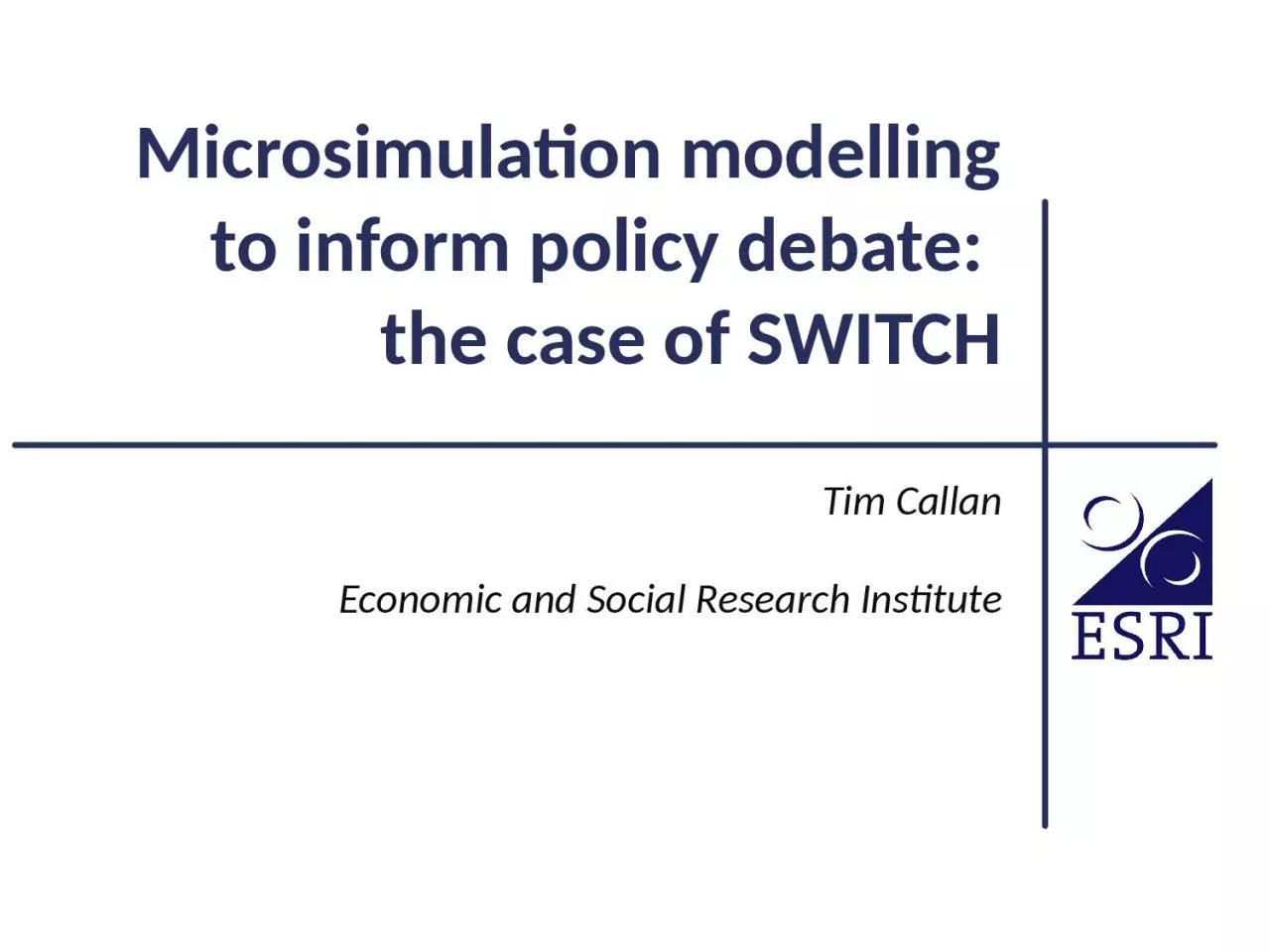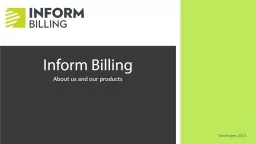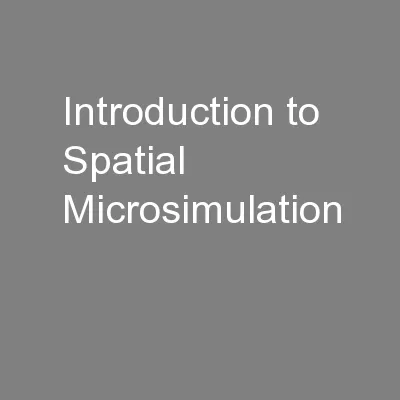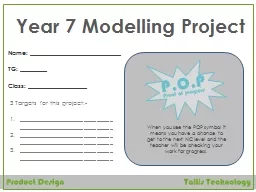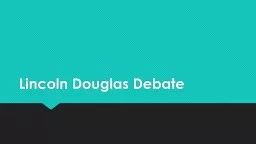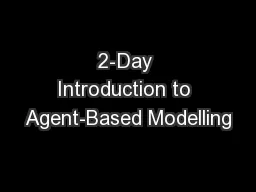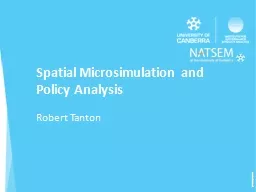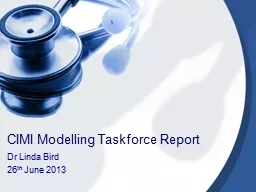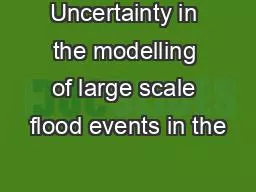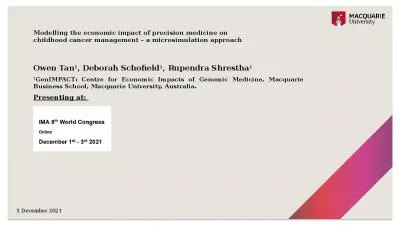PPT-Microsimulation modelling to inform policy debate:
Author : murphy | Published Date : 2023-11-19
the case of SWITCH Tim Callan Economic and Social Research Institute Overview Context the role of SWITCH S imulating W elfare and I ncome T ax CH anges A tour
Presentation Embed Code
Download Presentation
Download Presentation The PPT/PDF document "Microsimulation modelling to inform poli..." is the property of its rightful owner. Permission is granted to download and print the materials on this website for personal, non-commercial use only, and to display it on your personal computer provided you do not modify the materials and that you retain all copyright notices contained in the materials. By downloading content from our website, you accept the terms of this agreement.
Microsimulation modelling to inform policy debate:: Transcript
Download Rules Of Document
"Microsimulation modelling to inform policy debate:"The content belongs to its owner. You may download and print it for personal use, without modification, and keep all copyright notices. By downloading, you agree to these terms.
Related Documents

